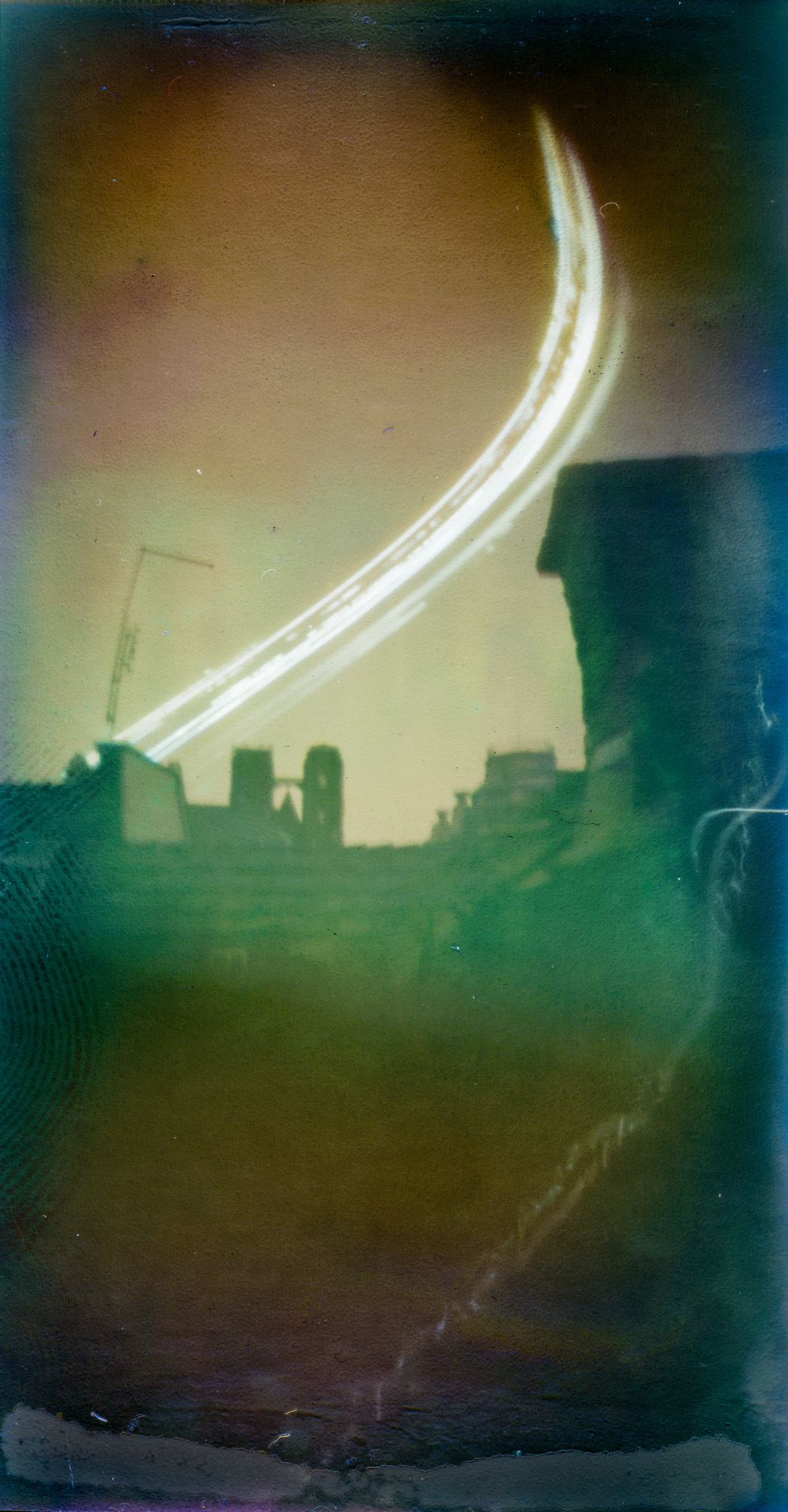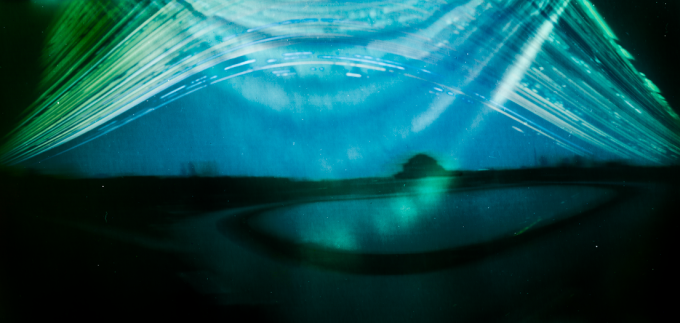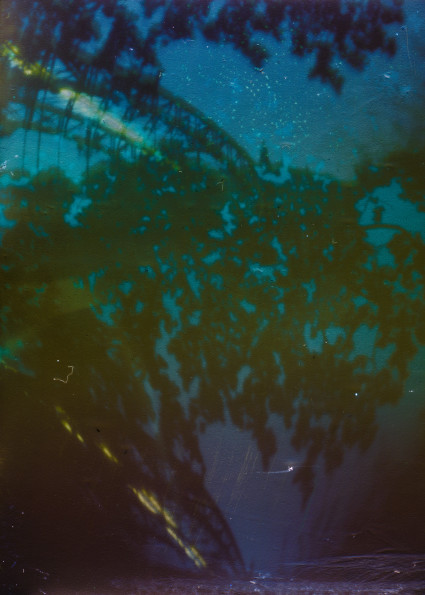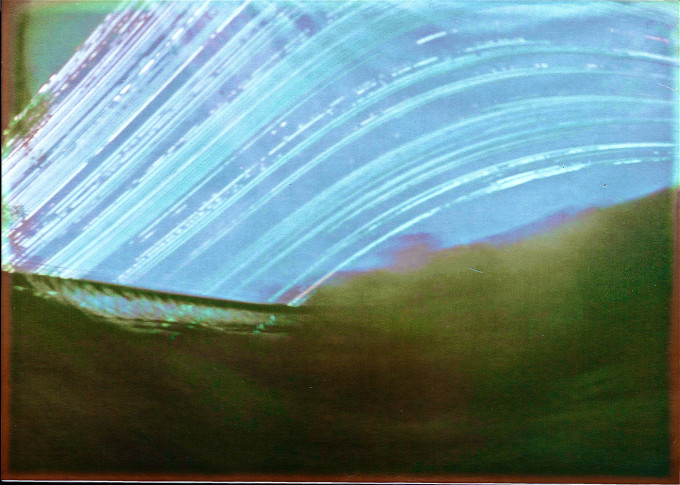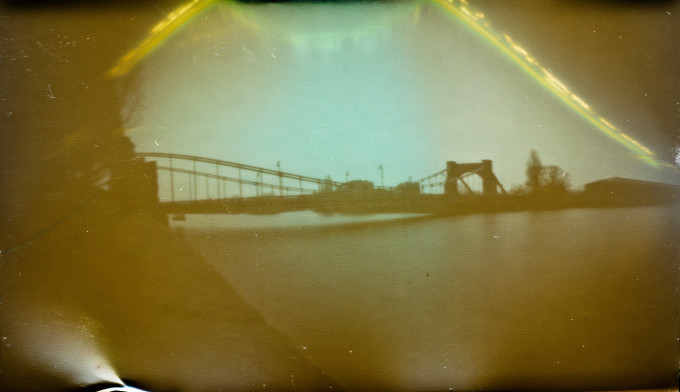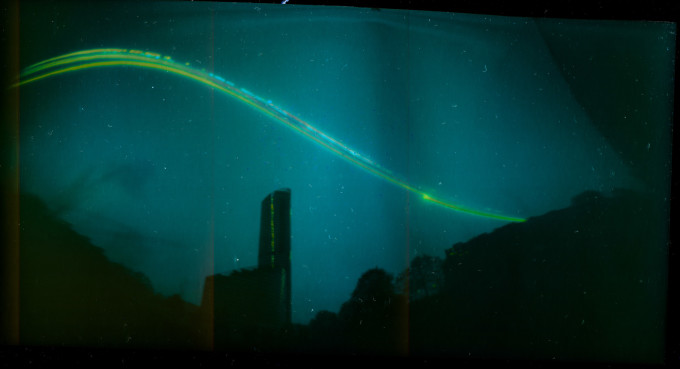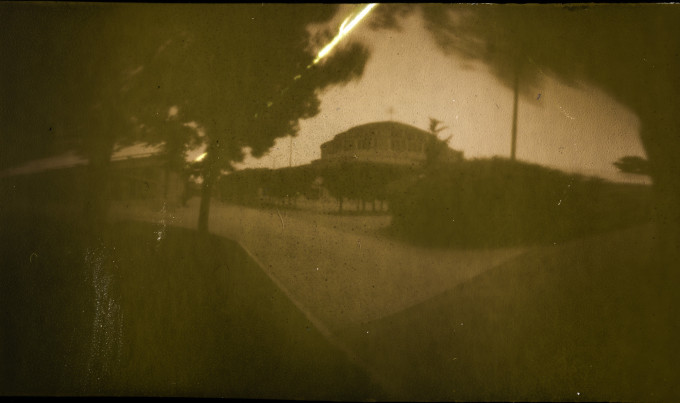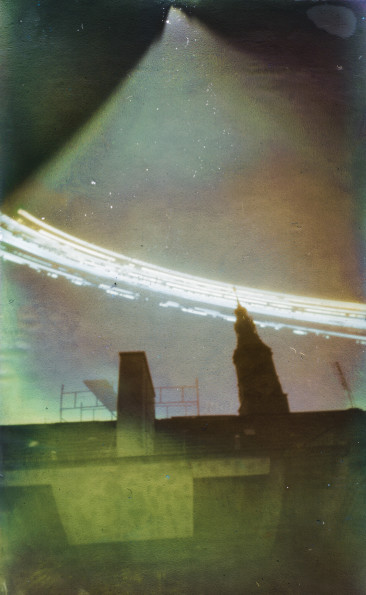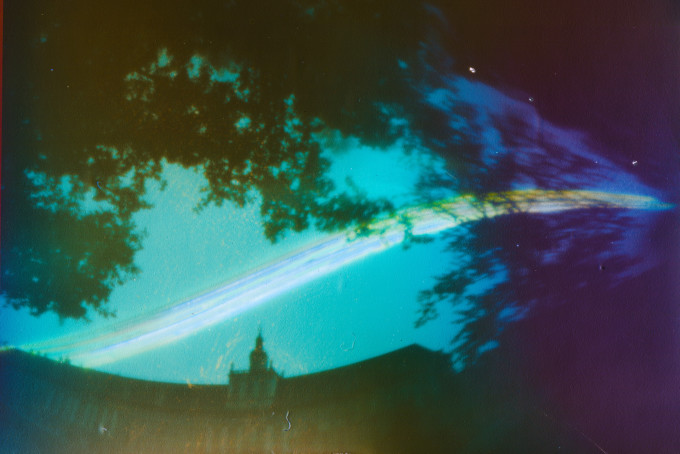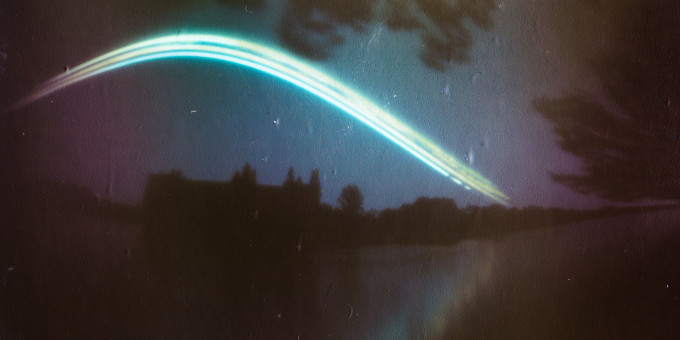Last Updated on 02/20/2016 by Chris Gampat
All images by Tomasz Kędzierski. Used with permission.
“I hate most of my images, that is why you do not get to see them.” says photographer Tomasz Kędzierski in the interview that you’re about to read. He hails from Poland and by day is a touch interface programmer. In my six years of doing this job, it’s one of the most honest and shocking statements I think I’ve ever encountered. To that end, Tomasz really wasn’t kidding around. He sent me six projects when he was ready and his work on Solargraphy was one a part of it.
“And out of my strong respect I want to postpone my appearance, interview or publication of my photographs. The Phoblographer means a lot to me, there was never a single weak post of yours and I want to be up to your standards.” he said in his initial email to me. “I do not want to make a false start. If I am to work with you and show my work to the world I need to make sure I represent the crème de la crème of film photography, that is worthy of The Phoblographer’s time.” Tomasz, who has been a reader of the site since 2012 after finding us on Flipboard, genuinely did take time to carefully curate his own work.
Perhaps a part of this comes from his jazz music influences. “In September 2015 I won an international composers’ contest for Polish National Music Forum, the greatest Philharmonic in Poland.” he says. “I want my next big thing to be a Vinyl production with my conceptual jazz music, and my photographs in the booklet as an Audio-Visual project.”
Considering the fact that he’s already had four photo exhibitions, he’s surely got the determination.
Phoblographer: Talk to us about how you got into photography.
Tomasz: At first I was just taking pictures, like everybody did. I had an old Praktica MTL 5 from my father and that was my go-to snapshot camera. But then I was lucky enough to meet a friend who showed me the way around his darkroom and after making my first silver gelatin print I understood that classical photography is what I love and what I want to do for the rest of my life.
Phoblographer: What made you want to specifically get into pinhole and Solargraphy?
Tomasz: Happy accidents as usual. After my Praktica broke I could not afford a proper camera so I made myself a matchbox pinhole one. Then I decided I wanted something bigger and I made a shoebox pinhole camera. I used an old Polish „Foton” silver gelatin baryta paper and my photos were heavily underexposed. So I left my camera for two hours to expose and after taking the paper back from it I realized that the sun rays actually imprinted visibly on the paper! But then it was all black after I put it in developer. So I decided to leave my camera exposing for a day and to scan the paper directly with a flatbed scanner. And then it hit me!
After few other trials I showed my experiments to a friend and he told me that this is actually the thing, and it is called „Solarigraphy” or „Solargraphy”, and that there are forums and many people photographing in this way. I was hooked already.
Phoblographer: Pinhole and Solargraphy work is incredible because not only does it require a specific creative vision, but you also need creative foresight into what your image will look like before you commit to a long amount of time. So how do you go about choosing your locations specifically? What makes you choose one location over another?
Tomasz: The heart chooses first. I can not resist a good landscape or an important landmark. Then I try to figure out how I am going to get to it. Exposures vary from six days up to six years and I have to make sure my camera stays where I leave it. Because how do you photograph a Parisian airport? You do not, unless you want the Police in the picture (pun intended 😉 )
Phoblographer: When you choose a location, do you specifically take into consideration a landscape vs a seascape? It looks like the results can be very unpredictable.
Tomasz: I am pretty stubborn, but not stupid. If I have to submerge myself armpits high into a London Docs to get the picture of The London Eye, then so be it. I can not afford taking shortcuts, because it is eventually the photograph that suffers. But when an armed squat comes to ask me what am I doing with this suspicious black coffee can near the airport I politely back off. It is not worthy getting shot or arrested.
And from the technical side of it, I have to place my camera facing Sun, so the subject is mostly backlit and the Sun trails record on the paper.
Phoblographer: This process involves you checking in on the cameras every now and again. But you told me that sometimes they get taken away. How do you ensure that it doesn’t happen?
Tomasz: I either revisit the sites, which is a good excuse to see Zurich, Geneve, London or Paris again, or I have a friend or someone who lives there to check up on the camera. And if it is not there then I lose. But it is always a good idea to disguise a camera! I have something dressed up as a Campbell’s Tomato Soup facing the Centre Pompidou, or a fake flower pot with a fake flower hiding the pinhole in the direction of Lake Geneva in Lausanne, CH.
Phoblographer: Have you ever been pleasantly surprised by your results and expected something totally different? Tell us about that.
Tomasz: There was one camera in Wrocław, Poland that I tied to a tree. But then one of the branches broke repositioning the camera so I got a double exposure from different angles! Other camera, the one facing the London Eye, got soaked and it developed some even more surreal results!
Phoblographer: How much planning goes into a project like this? You’re usually getting a camera together, choosing a location, securing said camera, etc. But what else?
Tomasz: Google location scouting, good water resistant seal and a good disguise are a must. But it is equally important to talk to people who may have something to say against my work on site, that is, the owner of the property, or a security guard. I often have to contact someone in charge, make an appointment, explain what am I trying to do, flash my Photo Association membership card and then get to business. You would not believe how helpful people can be! I got to mount one of my cameras on top of a crane on a construction site. Small talk, good chocolate or a bottle of vodka gave me an access to many rooftops, I can tell you!
Phoblographer: Have you ever created an image that you really, really hated? How did you learn from it and how did you improve the next time around?
Tomasz: I hate most of my images, that is why you do not get to see them. I have learned the hard way, that I must not be a slack, so any shortcut is a no-no. Only diligent and meticulous planning, hard work and professional approach make good pictures. It is really heartbreaking to find my camera after five years with nothing in it, because it was not made properly. Or to lose a camera altogether.
Phoblographer: You’ve made cameras from beer cans, Soup cans, etc. What’s that like? You’re obviously creating the pinhole, ensuring that the one piece of film is in there for a long exposure, but then when do you figure out when you’ll return to pick the camera back up?
Tomasz: I work with a calendar: I start my exposures on one solstice and finish on the other. This way I ensure the parabolas from sun rays go from shortest to longest throughout the whole picture. But mostly I go full year or many years if I am not able to collect my camera from a certain location.
Phoblographer: What’s the longest exposure that you’ve done? What do you think would have happened if it went even longer?
Tomasz: I have a few cameras in Greenwich Observatory in London, facing all four directions, since April 2010. That makes it almost six years by now! But they are probably heavily damaged as we speak, with possible spiders or birds’ nests inside. I should see it during this summer solstice.
Phoblographer: What film are you typically using to create these images?
Tomasz: That is the whole magic behind it! But I will reveal you the secret: You can not use film, because sun rays can melt it or burn through it. I use black and white resin coated, or fiber based paper. I make the pinhole itself on a separate aluminium piece of a beverage can, around 10mm or 0,39 inch on each side, and then I attach it to a larger coffee can with a hole big enough for pinhole to shine through. And I have only one attempt at scanning the original image, because a photo scanner exposes the artwork in the process, so if something goes wrong at this stage, it is all gone. And I can not fix the paper in the fixer beforehand, because it loses the acutance (peripheral sharpness).
Phoblographer: So what do you ultimately want to do with your Solargraphy? A book? A gallery?
Tomasz: I take a jazzman approach to it: I release a project as an exhibition, then I make a tournée with it through many towns and cities, and then I sell the prints. Solargraphy takes a lot of time, so I use it to explore other photography genres and mediums, making different projects in the meantime. The photos you see now are from my 2012 solo exhibition in Centennial Hall in Wrocław, an UNESCO object. I guess it is going to take another ten years to finish my Solargraphy project about Europe’s landmarks, so expect a tournée and a book about it around 2026, or so 😉 And then I want to do Australia, both Americas, Africa and Asia, so I am going to be around 75 years old by the time I am finished with Solargraphy. And that would make a nice, 50th anniversary of my first, Sun-painted exhibition.


